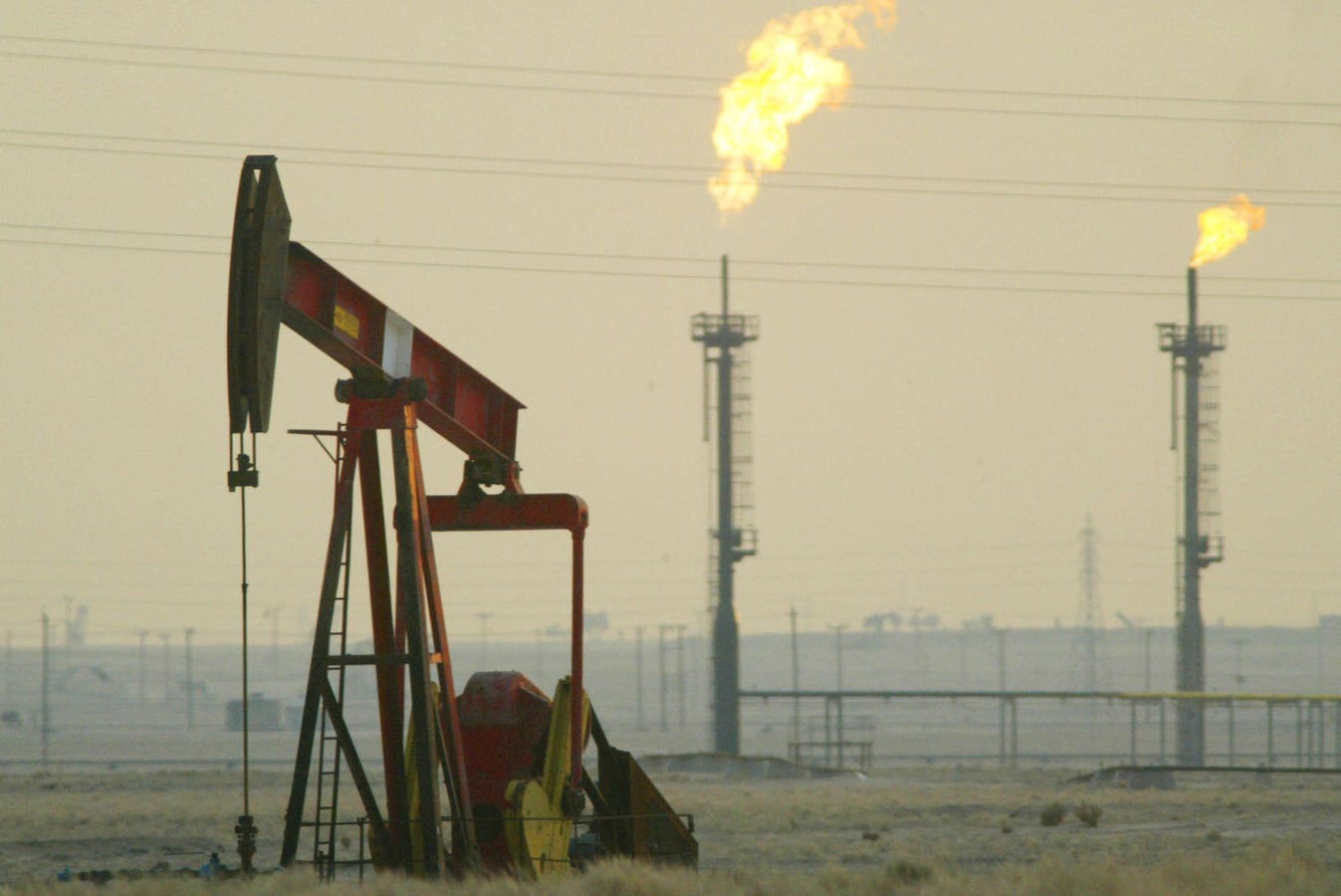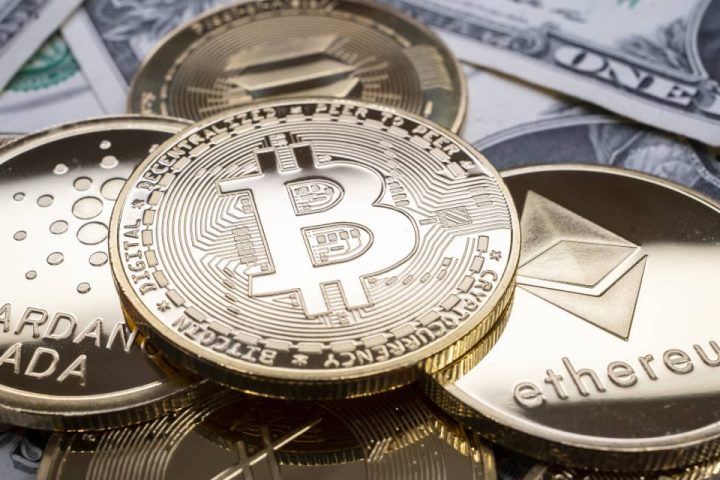Global markets were greeted on Tuesday (October 31, 2023) by the news that the World Bank has forecast crude oil prices to rise to $150 per barrel or higher if tensions in the Middle East rachet up further. More so, as the war in Ukraine is already impacting both the energy as well as the wider commodities market.
The warning from the World Bank comes even though global crude oil benchmarks are struggling to cap even $90. At 10:45am EDT, Brent was trading at $86.97 per barrel up 62 cents or 0.72%, while the WTI was up 69 cents or 0.84% to $83.00 per barrel.
The Bank opines that current levels could shift quite quickly. For under its worst case scenario, oil prices could rise to a range $140 and $157 a barrel. I am highly skeptical of the projection given its central premise is an escalation of hostilities resulting in an oil embargo by Arab producing nations on exports to the U.S. and other Western countries supportive of Israel.
That’s quite like the Yom Kippur war in 1973. But is unlikely to happen because 2023 is not 1973. First off, the global, and indeed the U.S., market is less dependent on oil from the Middle East than it was 50 years ago. Today, the U.S. is a leading hydrocarbon producer (and not just a leading consumer), while viable non-Middle Eastern producers like Canada, Brazil, Guyana and Norway also play a major supply-side role in the global crude market.
Secondly, the Arab world is less unified in its economic response to the crisis than it was compared to five decades ago, even though political condemnation of Israel’s response to the terror attack by Hamas may appear to be unified.
Furthermore, an Arab oil embargo may also prove counterproductive at a time of low consumer confidence and high interest rates. Global oil demand remains lukewarm with question marks over the economic performance of China (the world’s largest oil importer) and Germany (Europe’s largest economy).
It has resulted in the widest possible divergence in demand forecasts by oil producers’ group OPEC and consumers’ think-tank IEA. The latter has lowered its 2024 demand growth forecast to 880,000 barrels per day (bpd) from its previous forecast of 1 million bpd, while the former maintained it at 2.25 million bpd.
Earlier in October, I offered four scenarios in which oil market risk premiums may spike with the most plausible one being an attack on Iran – viewed as a backer of Hamas – by Israel which decries it.
However, even the loss of Iranian output – already subject to international sanctions – may not move the oil price needle past $150. In fact, the only scenario in which I see prices spiking to somewhere near such levels would be the highly unlikely direct involvement of the U.S. in any regional hostilities.
Let’s face it – even the World Bank admits the global economy is in a much better position to weather a supply shock than it had been during previous conflicts in the Middle East thanks to viable alternatives.
A plausible minor disruption – caused say hypothetically by an Israeli attack on Iran – will only result in a supply disruption of 500,000 million 2 million bpd, a level the global market can absorb within reason, something even the World Bank concurs with. It offers a price range of $93 to $102 for such an eventuality – one that the oil market is already countenancing.
Of course, if the crisis in the Middle East does not escalate, the Bank also predicts the oil price to fall to $81 per barrel. It is by no means alone in predicting a reverse outcome that appears likelier than a spike to $150.
Read the full article here







